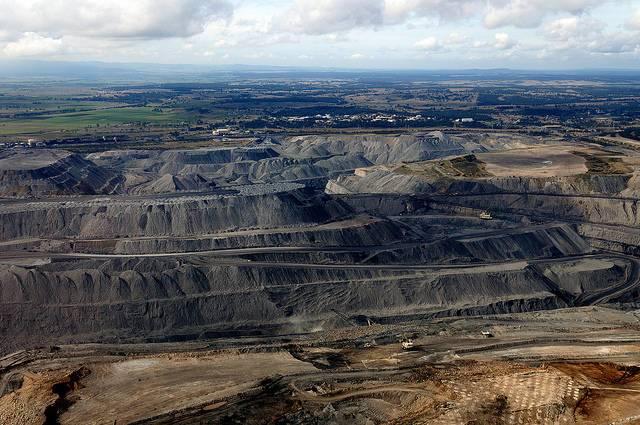
Not even a decade ago, coal was an important part of Rio Tinto Group’s business portfolio. The Anglo-Australian mining coal giant once had a considerable number of such assets worldwide.
But according to Bloomberg, Rio Tinto is moving fast to sell off its last remaining coal operations. The company has put its Australian operations on the market, and once those assets are sold, the $33 billion mining juggernaut will no longer include coal within its entire global business operations. Rio Tinto has reportedly been shopping around its entire Australian coal division for several months.
Only recently, the company had stumbled into trouble as it had been accused of running afoul of Securities and Exchange Commission laws. As a coal mining project in Mozambique began to suffer one setback after another, Rio Tinto discovered that operation was just one example of how coal was no longer the profitable business it had been in the past.
And like many of its competitors, the company found itself stuck as more power companies seek alternatives to fossil fuels. Rio Tinto and many of its peers have scrambled to offload its coal mines as more countries, and the utilities powering them, have sought alternatives such as natural gas and renewables.
Rio Tinto’s exit from coal has been moving along at a steady pace. In 2015, the company disbanded its energy division. Earlier this year, Rio Tinto offloaded its coal operations in China for almost $2.5 billion.
While coal has increasingly been described as a risk to investors due to the chance many mines will soon become stranded assets, that is not the narrative Rio Tinto has been communicating to stakeholders. The company claims it is simply concentrating on business segments that are far more profitable. Rio Tinto’s CEO, Jean-Sebastien Jacques, also told Bloomberg that it has been selling its coal portfolio for a good price, allowing the company to return more cash to shareholders. This month, Rio Tinto bought back 11.8 million shares for an approximate $750 million.
Not every player in the mining and extractives sector is following Rio Tinto’s strategy of walking away from coal. BHP Billiton, for example, still considers coal as critical to its strategy. Nevertheless, the natural gas boom and renewables’ improved scalability has convinced more investors that coal is not part of their future. Even if solar does not surpass coal as a leading source of power by 2020, as more optimistic analysts have insisted, the handwriting is on the wall. More financial institutions are urging that investors be warned about climate change risks; sovereign funds in countries such as Norway are also leading the charge to move past coal.
Image credit: Beyond Coal & Gas/Flickr

Leon Kaye has written for 3p since 2010 and become executive editor in 2018. His previous work includes writing for the Guardian as well as other online and print publications. In addition, he's worked in sales executive roles within technology and financial research companies, as well as for a public relations firm, for which he consulted with one of the globe’s leading sustainability initiatives. Currently living in Central California, he’s traveled to 70-plus countries and has lived and worked in South Korea, the United Arab Emirates and Uruguay.
Leon’s an alum of Fresno State, the University of Maryland, Baltimore County and the University of Southern California's Marshall Business School. He enjoys traveling abroad as well as exploring California’s Central Coast and the Sierra Nevadas.














